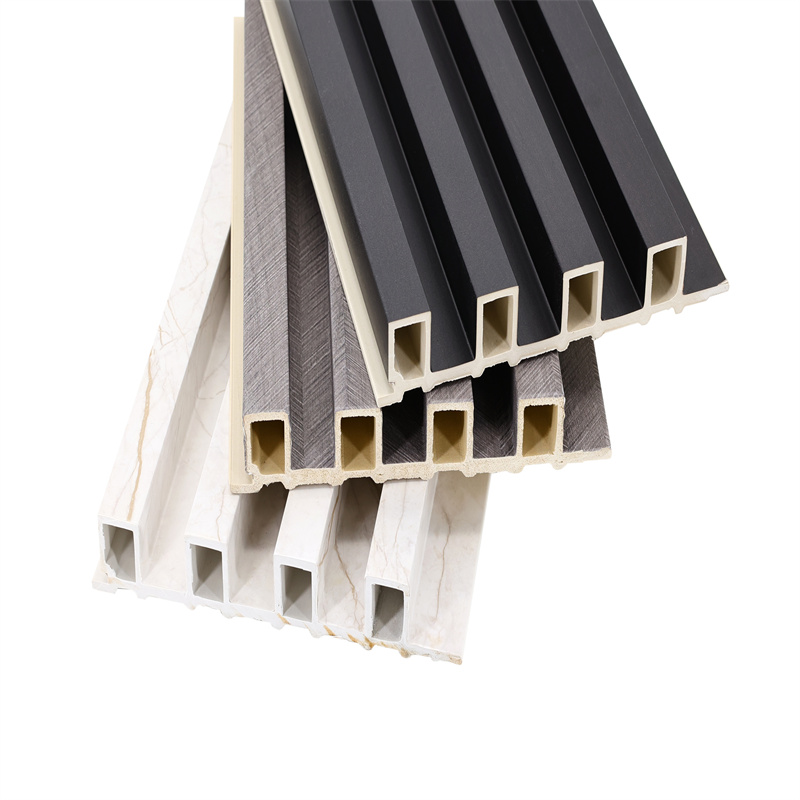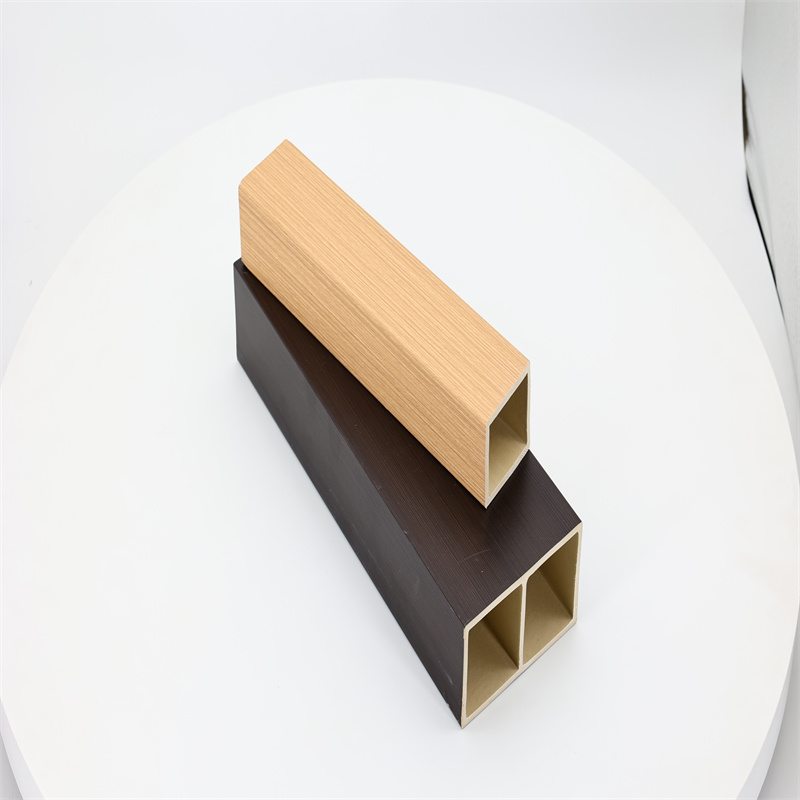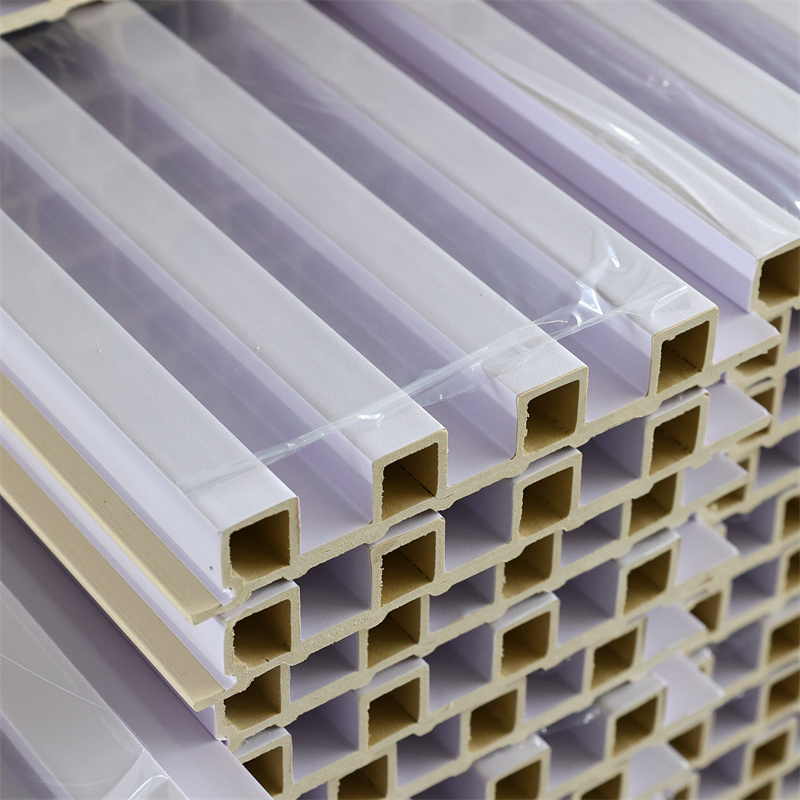
Wood Plastic Composite (WPC) wall panels have gained significant popularity in the construction and interior design industries due to their eco-friendliness, durability, and aesthetic appeal.
As the demand for WPC wall panels continues to rise, consumers are faced with a crucial decision: whether to opt for premium or economy options.
Premium WPC wall panels often boast superior quality, design, and performance, but they come with a higher price tag.
On the other hand, economy versions offer a more budget-friendly option but may sacrifice certain features.
In this essay, we will delve into the factors that contribute to the price differences between premium and economy WPC wall panels.
We will explore the materials, manufacturing processes, design elements, and performance attributes that influence the cost of these products.
By understanding these key factors, consumers can make informed decisions and strike the right balance between quality and budget when choosing WPC wall panels for their projects.
I. Material Composition and Quality
The first and most crucial factor impacting the price difference between premium and economy WPC wall panels lies in the material composition
and overall quality. WPC panels are typically made from a blend of wood fibers or flour and thermoplastic polymers.
Premium options often utilize higher-quality wood fibers and top-grade polymers, resulting in enhanced durability and resistance to environmental factors.
On the other hand, economy panels might incorporate lower-grade wood or recycled materials, which could lead to reduced structural integrity and lifespan.
Manufacturers of premium WPC wall panels also pay close attention to the ratio of wood fibers to polymers, ensuring a well-balanced mix that enhances the panel’s overall performance.
These superior materials and meticulous production processes contribute to the higher cost of premium WPC wall panels.

II. Design and Aesthetics
The design and aesthetics of WPC wall panels play a significant role in their price variation.
Premium WPC panels often boast innovative designs, intricate patterns, and a wide range of finishes, offering a more visually appealing product for discerning customers.
Designers and architects often prefer premium WPC panels for high-end projects, as these panels can elevate the overall ambiance of a space.
Economy WPC panels, while functional, may have simpler designs and limited finish options.
These panels are better suited for projects with budget constraints or applications where aesthetics take a backseat to functionality.
While economy panels may lack some of the visual flair of premium options, they can still provide an acceptable and cost-effective solution for certain projects.

III. Manufacturing Technology and Processes
The manufacturing technology and processes used to produce WPC wall panels significantly impact their final price.
Premium WPC panels are typically manufactured using advanced technology, such as co-extrusion or compression molding, which allows for better control over the panel’s quality and consistency.
On the contrary, economy WPC panels may be produced using simpler and less expensive methods, such as single extrusion, which might result in variations in panel thickness and overall quality.
Additionally, premium manufacturers may invest more in research and development to create cutting-edge WPC panels with improved performance characteristics, which further adds to the higher cost.
IV. Performance and Longevity
Premium WPC wall panels are designed to offer exceptional performance and longevity, making them a worthwhile investment for long-term projects.
These panels often come with enhanced features such as improved UV resistance, higher resistance to moisture and termites, and better color retention over time.
Premium WPC panels are rigorously tested to ensure they meet or exceed industry standards, giving consumers peace of mind regarding their durability and reliability.
Economy WPC panels, while functional, may not possess the same level of performance and longevity as their premium counterparts.
As a result, they may require more frequent replacements or repairs, potentially offsetting the initial cost savings.
In conclusion, the price differences between premium and economy WPC wall panels can be attributed to a combination of factors.
Premium WPC panels justify their higher price through the use of superior materials, innovative designs, advanced manufacturing processes, and enhanced performance attributes.
On the other hand, economy WPC panels offer a more budget-friendly option but may compromise on certain quality and design aspects.
As consumers evaluate their options, it is essential to weigh their specific project requirements and budget constraints carefully.
By understanding the key factors discussed in this essay, buyers can make informed decisions that strike the right balance between quality
and cost-effectiveness when choosing WPC wall panels for their construction or interior design projects.